Caleb Harris
Towards Transparency in Dermatology Image Datasets with Skin Tone Annotations by Experts, Crowds, and an Algorithm
Jul 06, 2022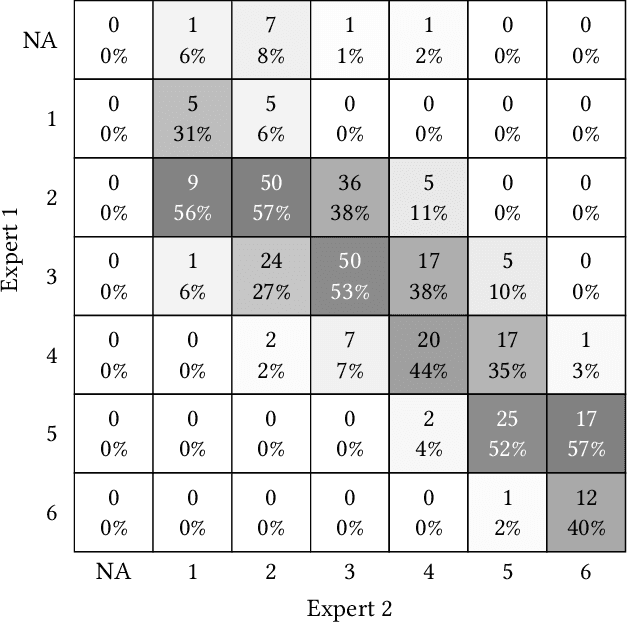

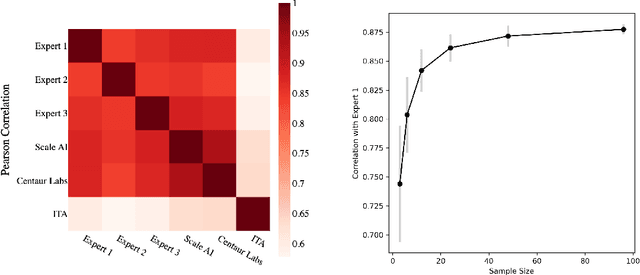

Abstract:While artificial intelligence (AI) holds promise for supporting healthcare providers and improving the accuracy of medical diagnoses, a lack of transparency in the composition of datasets exposes AI models to the possibility of unintentional and avoidable mistakes. In particular, public and private image datasets of dermatological conditions rarely include information on skin color. As a start towards increasing transparency, AI researchers have appropriated the use of the Fitzpatrick skin type (FST) from a measure of patient photosensitivity to a measure for estimating skin tone in algorithmic audits of computer vision applications including facial recognition and dermatology diagnosis. In order to understand the variability of estimated FST annotations on images, we compare several FST annotation methods on a diverse set of 460 images of skin conditions from both textbooks and online dermatology atlases. We find the inter-rater reliability between three board-certified dermatologists is comparable to the inter-rater reliability between the board-certified dermatologists and two crowdsourcing methods. In contrast, we find that the Individual Typology Angle converted to FST (ITA-FST) method produces annotations that are significantly less correlated with the experts' annotations than the experts' annotations are correlated with each other. These results demonstrate that algorithms based on ITA-FST are not reliable for annotating large-scale image datasets, but human-centered, crowd-based protocols can reliably add skin type transparency to dermatology datasets. Furthermore, we introduce the concept of dynamic consensus protocols with tunable parameters including expert review that increase the visibility of crowdwork and provide guidance for future crowdsourced annotations of large image datasets.
Evaluating Deep Neural Networks Trained on Clinical Images in Dermatology with the Fitzpatrick 17k Dataset
Apr 20, 2021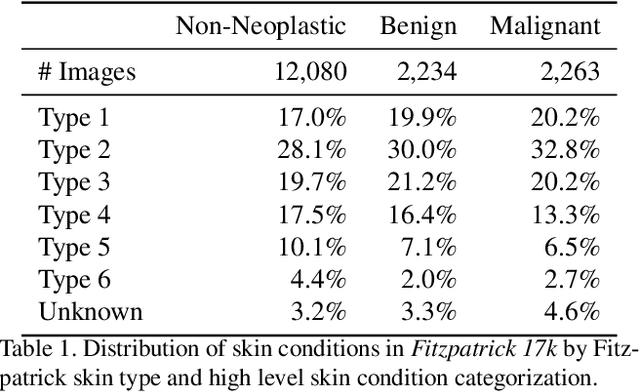
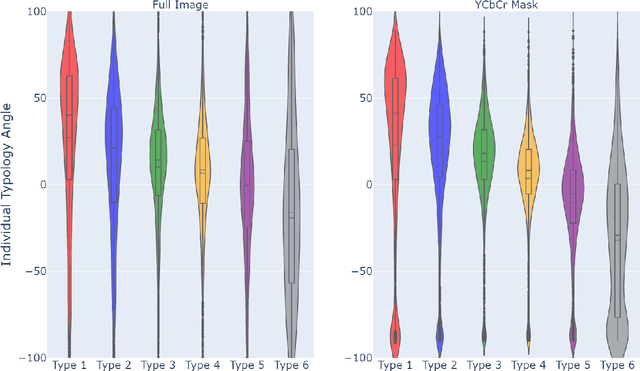
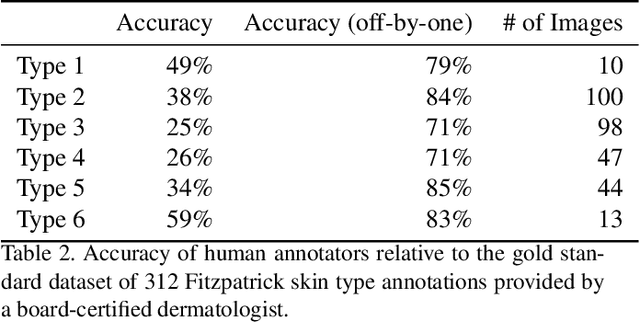
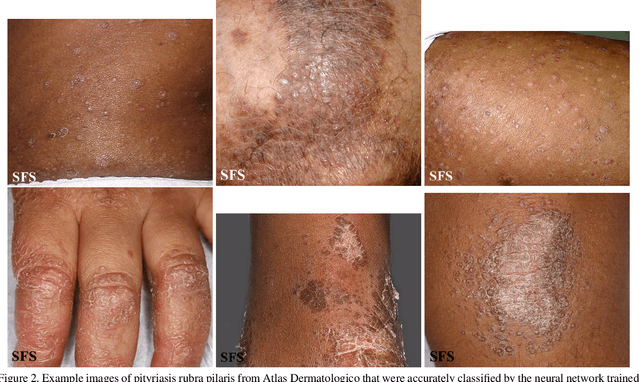
Abstract:How does the accuracy of deep neural network models trained to classify clinical images of skin conditions vary across skin color? While recent studies demonstrate computer vision models can serve as a useful decision support tool in healthcare and provide dermatologist-level classification on a number of specific tasks, darker skin is underrepresented in the data. Most publicly available data sets do not include Fitzpatrick skin type labels. We annotate 16,577 clinical images sourced from two dermatology atlases with Fitzpatrick skin type labels and open-source these annotations. Based on these labels, we find that there are significantly more images of light skin types than dark skin types in this dataset. We train a deep neural network model to classify 114 skin conditions and find that the model is most accurate on skin types similar to those it was trained on. In addition, we evaluate how an algorithmic approach to identifying skin tones, individual typology angle, compares with Fitzpatrick skin type labels annotated by a team of human labelers.
 Add to Chrome
Add to Chrome Add to Firefox
Add to Firefox Add to Edge
Add to Edge